Bird by bird: 5 tips for the avian photographer
Joe Campanellie says his route to avian photography started accidentally, but now he's enjoying fine art success with his images of birds.
• June 2017 issue
Joe Campanellie's Journey into the Fine Art of birds
My interest in avian photography was sparked accidentally. It was never my intention for it to become a body of work that would define me. In the beginning my goal was simply to take my camera out for a few long walks to decompress and renew the passion I’d lost for my life’s work. In the end it led to that and so much more. The passion was indeed rekindled and my spirit renewed.
But as with anything in life that’s worth achieving, those skills took time to develop. It wasn’t easy. Along the way I not only learned some important life lessons, but I also acquired tips I pass on to other photographers who’d like to pursue this specialty.
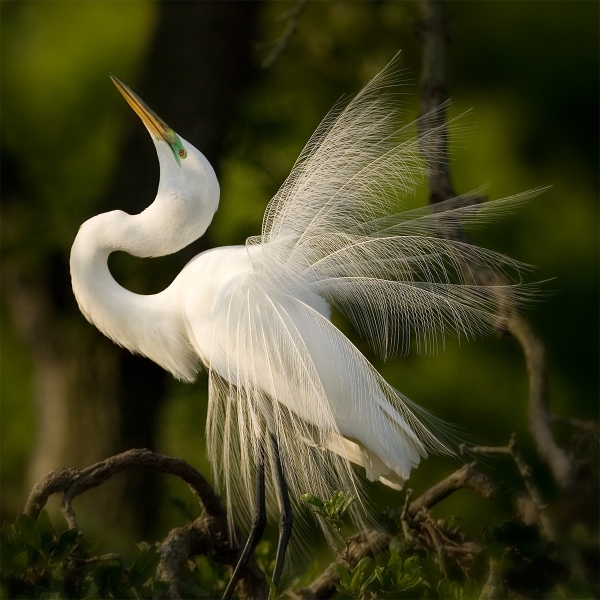
Have patience
We’ve all heard “Patience is a virtue.” I thought my years of running after toddlers in the portrait studio would have prepared me for avian subjects. But nothing compares to the frustration of chasing a subject through stinking muck for hours, only to wind up with few images to show for the experience. Trying to photograph a subject that you have no control over can be frustrating and time consuming.
Few people will spend an entire day pursuing something, come back empty handed, and still feel exhilarated about the day they just had. But for me, it’s not just about capturing the images; it’s about getting outside and taking the time to reconnect with nature. It’s a chance to decompress and get new perspective. My goal for each day is to capture just one image that makes my heart race with excitement.
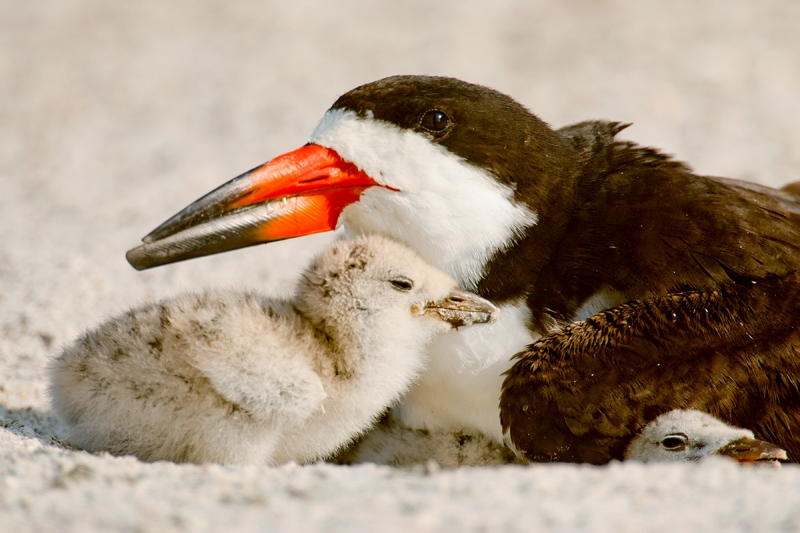
Know your subject
Whether you pursue avian photography as a hobby or on a more serious level, you need to know your subject. You have to do the research to know where your subject will be as well as its behavioral characteristics. You can find a wealth of information online and through Audubon chapters to make your days in the field a success. The best time of year to photograph birds is during nesting season, when males sport their brightly colored feathers, and courting and nesting behaviors are in full swing.
Time of day is also critical. Birds are most active in the early morning and late hours of the day, when they typically feed. That’s also when the light is best and the temperatures are cooler. When the sun is high and bright, birds are often sleeping.
Sun and wind angles are also important. For general avian photography and for images of flight, it’s best for the wind and sun to be at your back. Birds generally land into the wind, which gives you optimum camera position. And with the sun at your back you get the ideal illumination of your subjects.
If you’re photographing in tidal areas, you must note the times of high and low tides, not just for your own safety but because most species feed during lower tides. If the water becomes too deep there’s a good chance they won’t feed there at all.
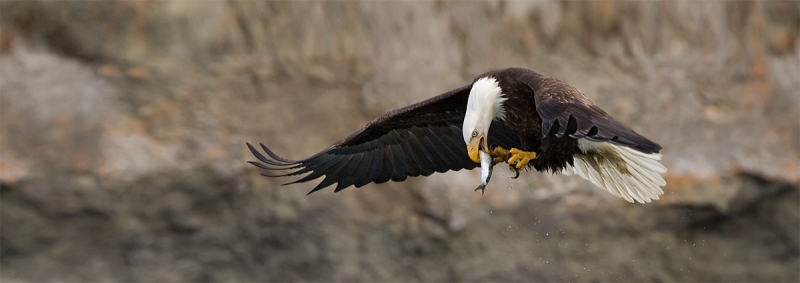
Think fast
I thought I was prepared for beauty shots of avian subjects, since my portrait background and the principles of composition and design are applicable here. But my human subjects were fairly sedentary. Birds in flight are a different matter, and capturing them on camera is an art unto itself.
All I can say is practice, practice, practice. Find an area close to you with a good number of birds and start working on this skill set. Begin with a medium lens, around 70-200mm, before working up to the longer ones. A longer lens means a smaller area of view, which makes it harder to follow a bird in flight. Learn to pan, and pan fast. It’s amazing just how fast some birds can fly. An eagle in a full dive can reach nearly 100 miles per hour. Following that is a challenge for the camera’s tracking system as well as for the photographer.
Because of improvements in camera ISO sensitivity and lower noise, these aren’t the issues they once were. But shutter speed is a limiting factor. Minimum camera speed for a bird in flight is 1/1,000 second, and many times I’m at 1/2,500 second and above at 8 to 10 frames per second. It depends on the species of bird you’re photographing and their flight characteristics.
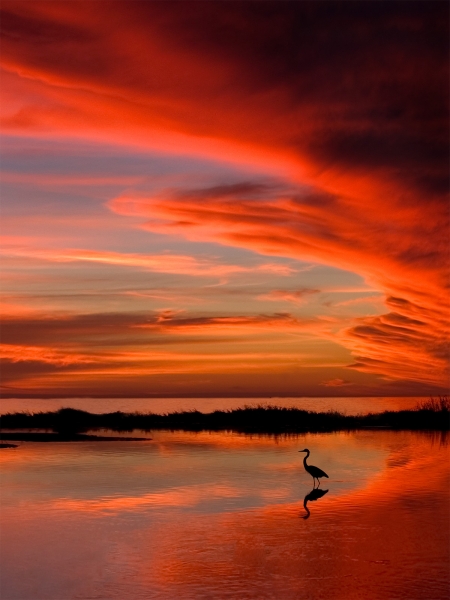
Get in a gallery
If you plan to sell your work in galleries, as I have, you need to know some basics. All galleries work differently. Most important is to choose one that’s a good fit for you. By that I mean one that appreciates your art and will work for you.
In my experience, galleries operate in one of three ways. The first is commission only, in which the gallery will claim 25 to 60 percent of the sales price. The second is a lower commission paired with a monthly wall space rental fee that you’re charged. This works if you’re selling photographs regularly, but if you’re not, then you’ll be driven into the red fast. And third is the co-op format. Co-op galleries have a lower commission rate but you’re expected to work in the gallery a certain number of hours each month. There are pros and cons to all three arrangements. Just find a gallery and a system that works for you.
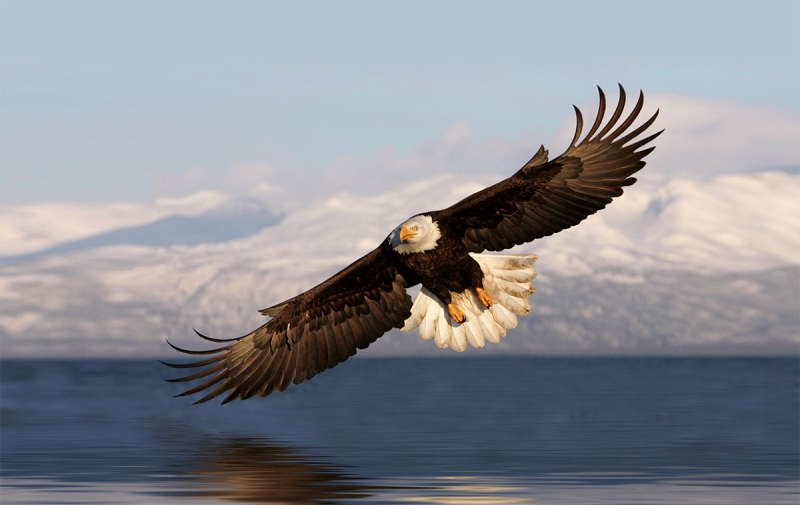
Sell limited editions only
I don’t sell many gift-size prints through galleries because there’s not enough profit for the work involved. All of my images are at least 24x36-inch canvas gallery wraps; the largest I’ve sold was an 84-inch piece. I do all my own printing and stretching because I’m a control freak on final product. All images are hand-signed, limited-edition prints. My signature series collection is limited to 175 photographs. Limiting your collection is key to setting yourself apart as a serious artist.
Find out what other photographers are doing in your area, and do something else. It’s not easy to reinvent the wheel, but that’s the task you’re faced with if you want to succeed. Find a way to stand out from the crowd so when a potential buyer walks into a gallery, they know right away from a photograph’s style that it’s your image. My style has been described by local gallery owners as minimalist, and my prints sell easily because they lend themselves well to wall decor.
When I started on this journey as an avian photographer I had no idea what it had in store for me. When we’re finally able to discover life’s true path for us, it’s by no means the end of the journey. In fact, it’s the opposite. It’s at that time that we’re able to open our hearts to true self-expression and artistry. We cast off the burden of trying to please everyone and accept the true artist within.
Joe Campanellie and his wife, Mary Jean Campanellie, own Campanellie’s Fine Art in Palm Coast, Florida.

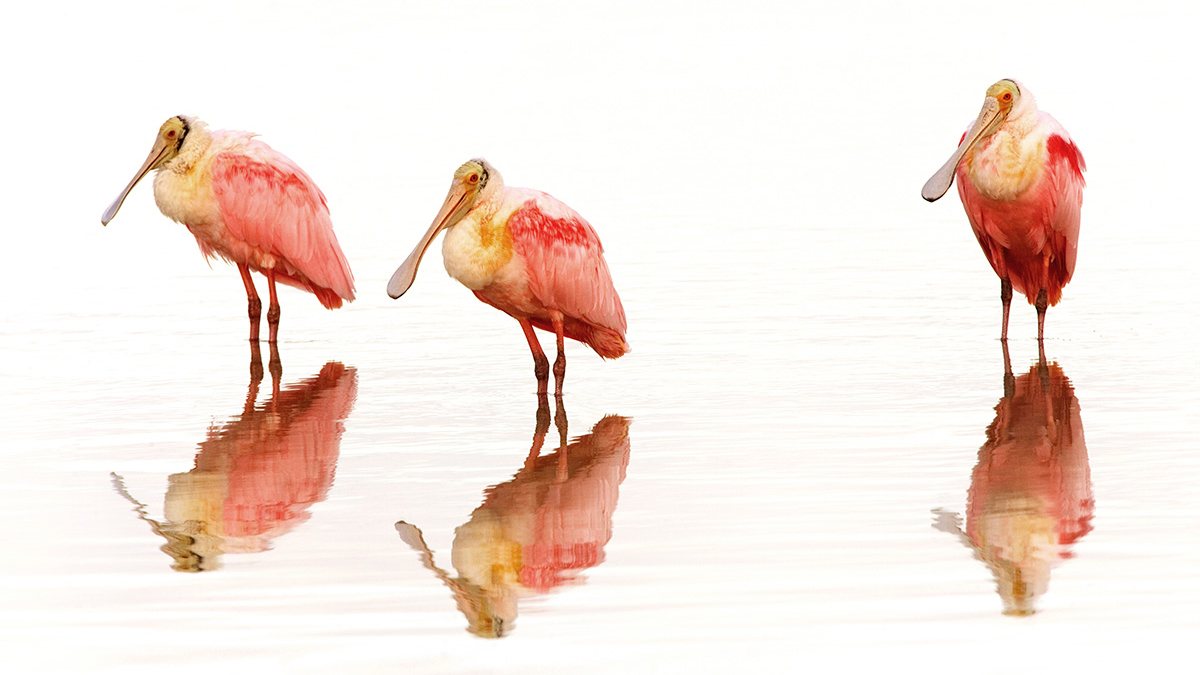
 View Gallery
View Gallery

